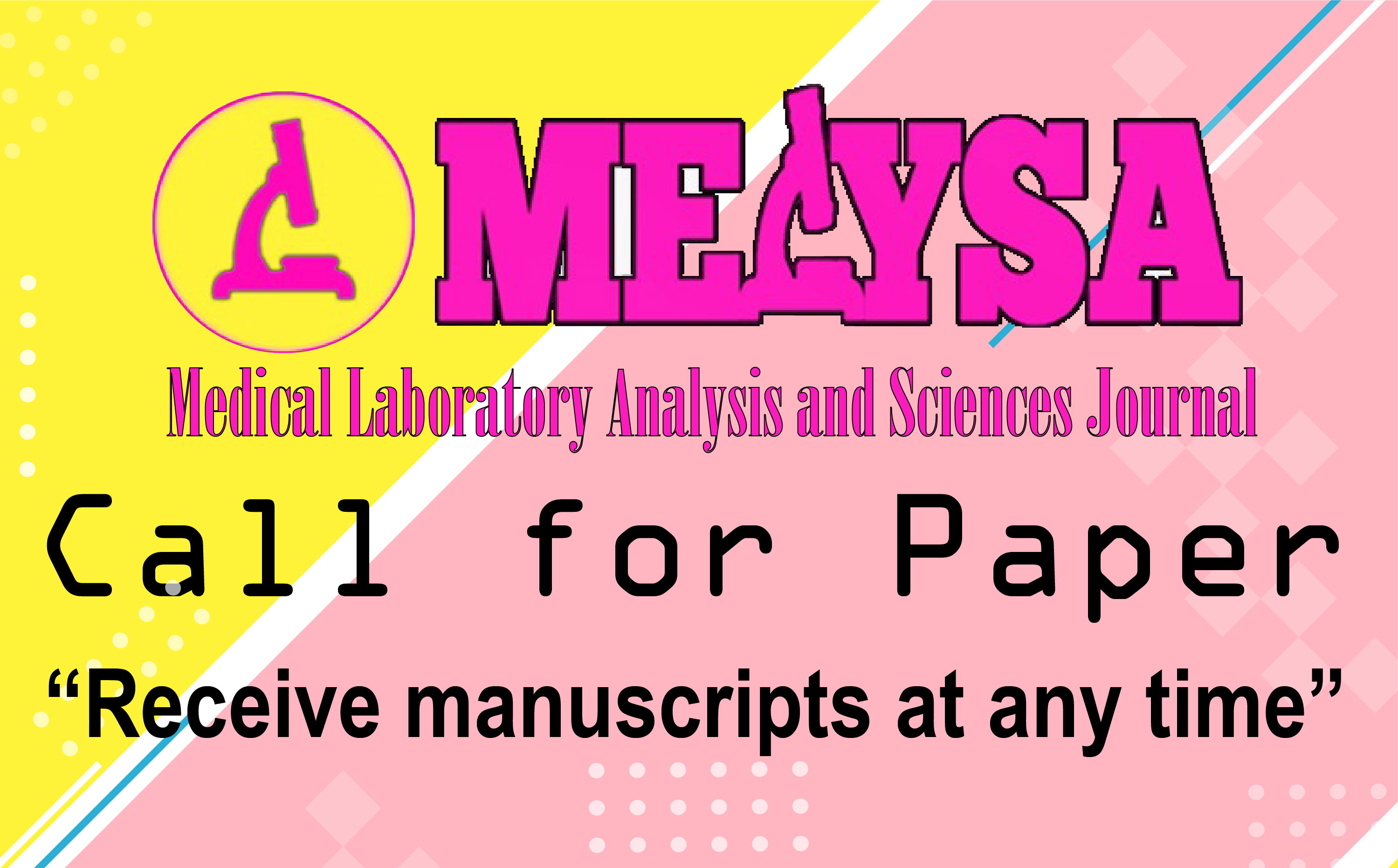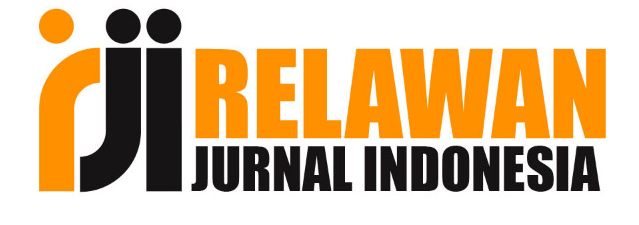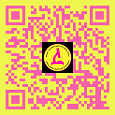The total plate count of beras kencur herbal medicine in sub-district market Tulungagung city
DOI:
https://doi.org/10.35584/melysa.v1i2.30Keywords:
Total Plate Count, Beras Kencur Herbal MedicineAbstract
Herbal medicine is a traditional drink made from natural ingredients for human health and is made with methods and equipment that are easier in its simplicity which often does not pay attention to hygiene factors and can be a medium for disease transmission. Based on the Regulation of the Head of the Republic of Indonesia Drug and Food Control Agency No. 12 of 2014 concerning requirements for drug fluids in the form of microbial contamination / ALT ≤104 colonies/ml. The purpose of this study was to study the estimated numbers of traditional herbs sold in the Tulungagung District market. The research design used is descriptive. The sampling technique uses a total sampling technique of 6 samples from 4 different markets. Sample meeting with the ALT method in May 2018 in the microbiology laboratory of STIKes Hutama Abdi Husada Tulungagung. The results of the study found that three out of six samples of traditional herbal medicine of kencur rice exceeded the microbial contamination threshold with an average yield of 1 x 107 CFU / ml. The study concludes is that 50% of the sample is not suitable for consumption and 50% of the sample is suitable for consumption. This requires Regulation of BPOM RI Number 12 the year 2014 Regarding Quality Requirements for Traditional Medicines, namely ≤104 colonies/ml. Herbal traders need to pay attention to raw materials, processing, equipment, air used, and containers used.
Downloads
References
Wulandari, rahmi ayu, & Azrianingsih, R. (2014). Etnobotani Jamu Gendong Berdasarkan Persepsi Produsen Jamu Gendong di Desa Karangrejo, Kecamatan Kromengan, Kabupaten Malang. 2(4), 198–202. Retrieved from https://www.e-jurnal.com/2015/03/etnobotani-jamu-gendong-berdasarkan.html
Pakpahan, tezar R., Ryandita, F. R., Herawati, Y., Hasanah, S. I., Habibi, A. A., Hermawati, D., & Badriah, L. (2019). Pemanfaatan Tumbuhan Obat Sebagai Indigenous Knowledge Masyarakat Tasikmalaya Serta Peranannya Dalam Pembelajaran Biologi Berbasis Etnopedagogik. 4(1). http://dx.doi.org/10.34289/285225
Jumiarni, W. O., & Komalasari, O. (2017). Eksplorasi Jenis dan Pemanfaatan Tumbuhan Obat Pada Masyarakat Suku Muna di Permukiman Kota Wuna. 22(April), 45–56.
Pratiwi, R., dkk. (2018). Tingkat Pengetahuan dan Penggunaan Obat Tradisional di Masyarakat : Studi Pendahuluan Pada Masyarakat di Desa Hegarmanah, Jatingor, Sumedang. 7(2), 97–100. https://doi.org/10.24198/dharmakarya.v7i2.19295
Setiawan, I., Dianto, R., Analisis, K., Tinggi, S., Kesehatan, I., Obat, U., … Nasional, K. (2018). Peningkatan Pengetahuan Tentang Jamu Pada Siswa-Siswi di Sekolah Dasar Negeri 1 Boyolali. 1(1), 54–58. https://doi.org/10.26714/jsm.1.1.2018.54-58
Hadijah, S. (2015). Deteksi cemaran bakteri pada jamu tradisional yang dijajakan di kelurahan banta-bantaeng. 107–114. https://doi.org//doi.org/10.24252/jb.v3i1.1923
Andriati. R.M. Teguh Wahjudi. (2016). Society ’ S Acceptance Level Of Herb As Alternative To Modern Medicine For Lower, Middle, And Upper-Class Group. 29, 133–145. https://doi.org/10.20473/mkp.V29I32016.133-145
Andrie, M. (2014). Activities Test Of “ Jamu Gendong Kunyit Asam †( Curcuma domestica Val .; Tamarindus indica L .) As An Antidiabetic In Streptozotocin-Induced Rats. 19(May), 3–7. https://doi.org/10.22146/tradmedj.8147
Wahyuni, R., & Lase, vonda perdana. (2015). Penentuan Cemaran Mikroba Pada Jamu Pelangsing Yang Beredar Di Pasar Tarandam Padang
Sari, lusia oktora ruma kumala. (2006). Pemanfaatan Obat Tradisional Dan Keamanannya. III(1), 1–7. https://doi.org/10.7454/psr.v3i1.3394
Haryudin, W., Penelitian, B., & Obat, T. (2008). Karakteristik Morfologi Bunga Kencur (Kaempferia galanga L .) XIX(2), 109–116. http://dx.doi.org/10.21082/bullittro.v19n2.2008.%25p
Annisah, R., Batubara, D. E., Roslina, A., & Yenita. (2018). Uji Efektivitas Ekstrak Kencur (Kaempferia galanga L.) Terhadap Pertumbuhan Candida Albicans Secara In Vitro. Ibnu Sina Biomedika, 2(2), 121. https://doi.org/DOI: https://doi.org/10.30596/isb.v2i2.2598
Pujiasmanto, samanhudi muji rahayu bambang, & Rahmawati, ahmad yunus dian. (2016). Respon Pertumbuhan Kencur (Kaempferia galanga L.) terhadap Pemberian IBA dan BAP secara In Vitro. https://doi.org/10.24002/biota.v1i1.709
Sasmita, F. W., Susetyarini, E., Husamah, H., & Pantiwati, Y. (2017). Efek Ekstrak Daun Kembang Bulan (Tithonia diversifolia) terhadap Kadar Glukosa Darah Tikus Wistar (Rattus norvegicus) yang Diinduksi Alloxan. Biosfera, 34(1), 22. https://doi.org/10.20884/1.mib.2017.34.1.412
Tivani, I. (2018). Uji Angka Lempeng Total ( Alt ) Pada Jamu Gendong Temu Ireng Di Desa Tanjung Kabupaten Brebes. 7(1), 215–218. https://doi.org/10.30591/pjif.v7i1.751
BPOMRI. 2014. Persyaratan Mutu Obat Tradisional. Diakses 14 September 2019, http://www.pom.go.id
Yuliana, A., Wulandari, S. (2013). Uji Cemaran Mikroba Patogen Dari Jamu Tradisional di Daerah Cipedes Kota Tasikmalaya. 62–69. Retrieved from https://www.researchgate.net/publication/334304834
Purnomo, Tri Joko, N. A. Y. D. (2016). Hubungan Tingkat Pengetahuan Hygiene Dengan Keberadaan Escherichia coli Pada Jamu Tradisional (BERAS KENCUR) DI MANGKANG SEMARANG. 4. Retrieved from https://ejournal3.undip.ac.id/index.php/jkm/article/view/14488
Nurrahman, Mifbakhuddin, & Purnamasari, D. (2010). Hubungan Sanitasi Dengan Total Mikroba Dan Total Koliform Pada Jamu Gendong Di Rt,1 Rw.2 Kelurahan Kedung Mundu Kecamatan Tembalang Kota Semarang. 3(1). Retrieved from https://jurnal.unimus.ac.id/index.php/Analis/article/view/289
Fhitryani, S., Suryanto, D., & Karim, A. (2017). The Investigation of Escherichia coli, Staphylococcus aureus and Salmonella sp. on Traditional Herbal are sold in Medan. 3(2), 142–151. https://doi.org/10.31289/biolink.v3i2.845
Wulandari, rahmi ayu, & Azrianingsih, R. (2014). Etnobotani Jamu Gendong Berdasarkan Persepsi Produsen Jamu Gendong di Desa Karangrejo, Kecamatan Kromengan, Kabupaten Malang. 2(4), 198–202. Retrieved from https://www.e-jurnal.com/2015/03/etnobotani-jamu-gendong-berdasarkan.html
Tivani, I., dkk. (2018). Uji Angka Lempeng Total (ALT) pada Jamu Gendong Kunyit Asem di Beberapa Desa Kecamatan Talang Kabupaten Tegal. 3(12), 43–48. https://doi.org/10.24905/psej.v3i1.901
Maulida, F. J., Tri, P., Ningrum, R., Kesehatan, F., Universitas, M., & Boto, K. T. (2015). Keberadaan Bakteri Escherichia Coli Pada Jamu Gendong Di Jalan Sumatera Kecamatan Sumbersari Kabupaten Jember ( The Existence Of Bacteria Escherichia Coli In Jamu Gendong on The Streets of.
Atma, Y. (2016). Angka Lempeng Total ( Alt ), Angka Paling Mungkin ( Apm ) Dan Total Kapang Khamir Sebagai Metode Analisis Sederhana Untuk. 8(2). https://doi.org/10.24853/jurtek.8.2.77-83
Sukmawati, putu ayu, Proborini, meitini w, & Kawuri, R. (2012). Identification Of Fungi And Total Bacteria On Traditional Herbal Medicine At Kedonganan Market Of Jimbaran, Badung – Bali. XVI(2), 31–35
Wasita, I. K. S., & Hendrayana, I. M. A. (2016). Identifikasi Bakteri Escherichia coli Serotipe 0157 Dengan Media Sorbitol Mac Conkey Agar (Smac) Pada Jamu Beras Kencur Dari Pedagang Jam Gendong Di Kota Denpasar. 5(11), 1–6. Retrieved from https://ojs.unud.ac.id/index.php/eum/article/view/24122
Downloads
Published
Issue
Section
License
Authors retain copyright and grant the journal right of first publication with the work simultaneously licensed under a Creative Commons Attribution-ShareAlike 4.0 International License that allows others to share the work with an acknowledgment of the work's authorship and initial publication in this journal.














